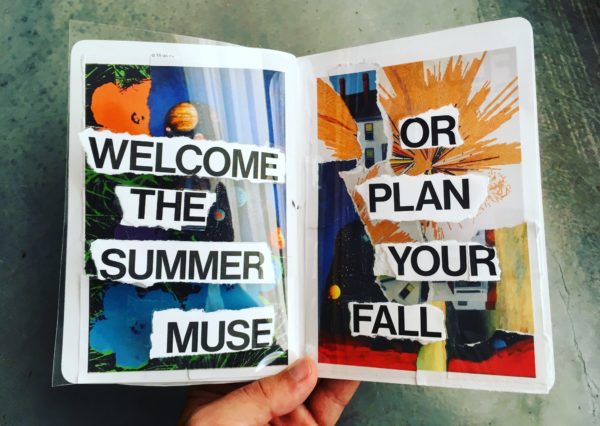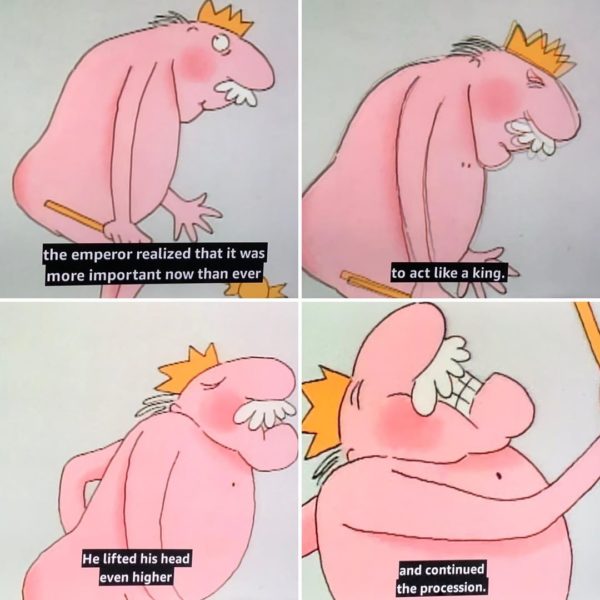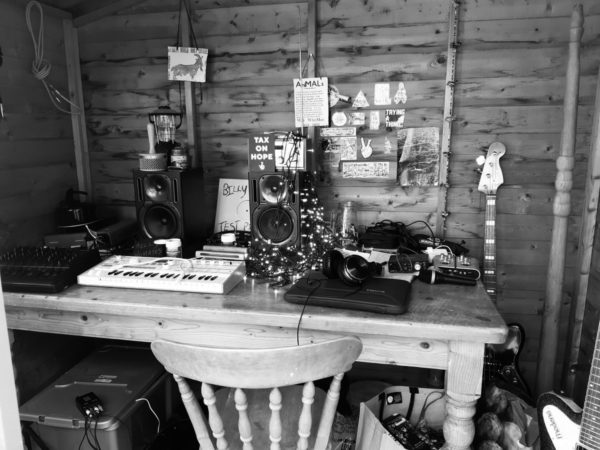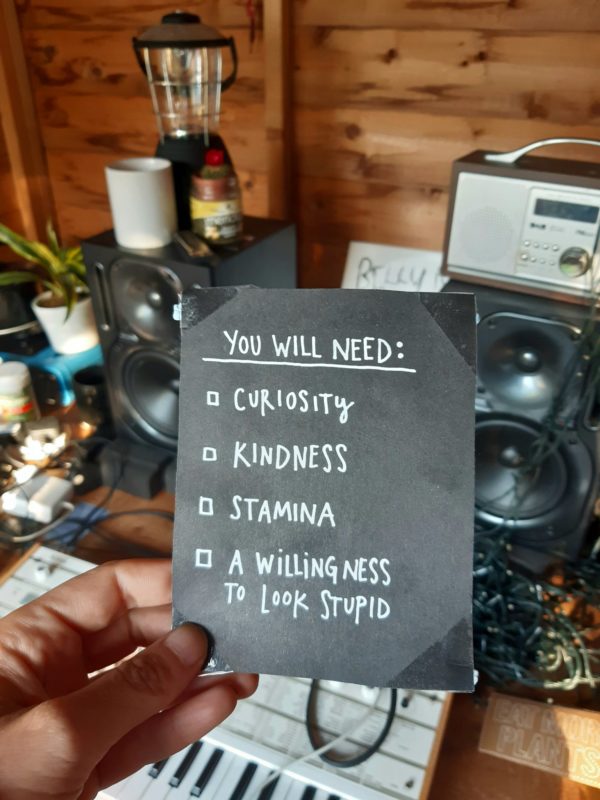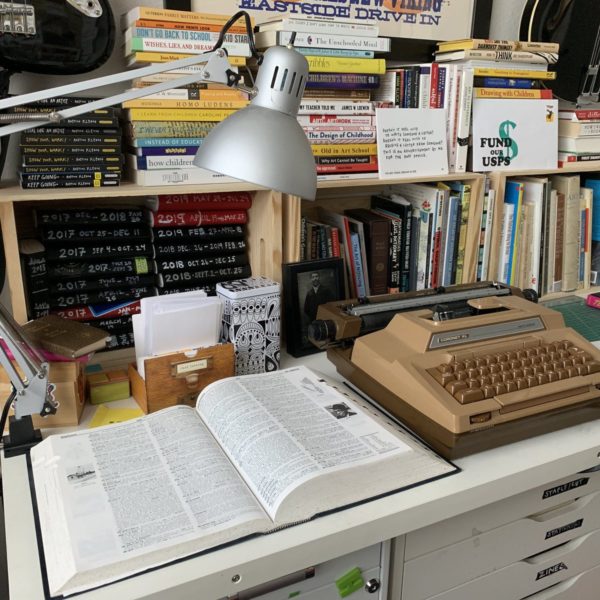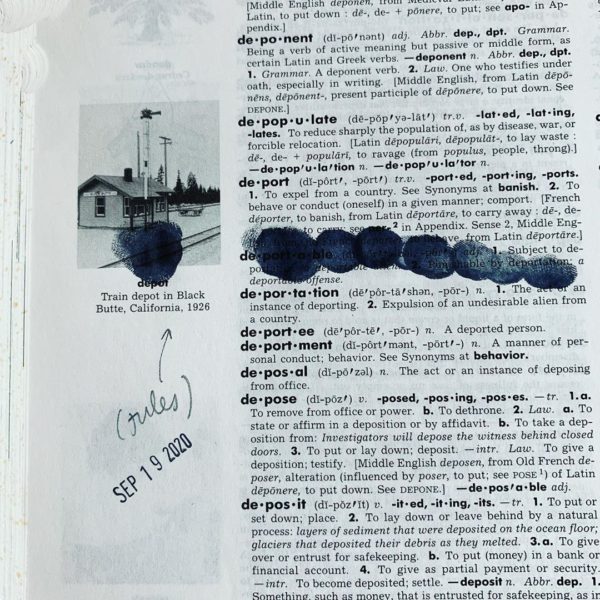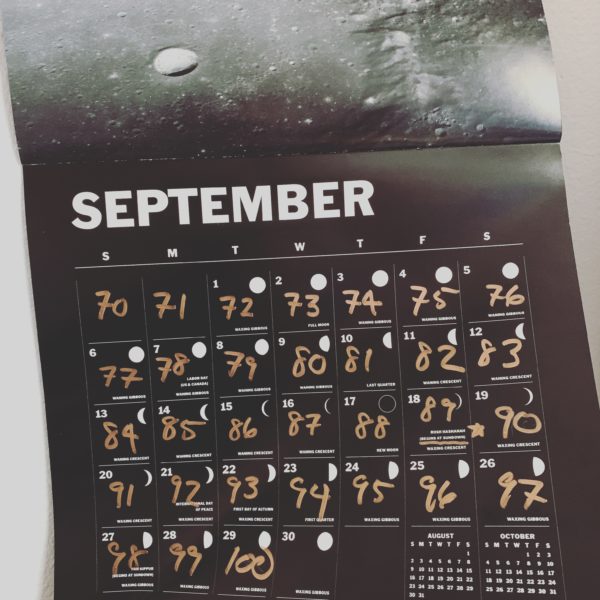
“I am capable of learning nothing from almost any experience, no matter how profound.”
—Tim Kreider, We Learn Nothing
100 days ago, I announced I was easing up on blogging and fun daily projects like my blind contour drawings, mini zines, and collage houses, to star work in earnest on a new book.
The first 30 days went pretty well. I spent a lot of time with my index cards and worked on “The Unschooled Artists” piece that ran in the NYTimes.
50 days in, I had a pretty great book proposal worked up that just needed a table of contents to be ready to pitch.
64 days in, I decided to stuff the whole book proposal in the drawer and postpone it indefinitely. (Oops!)
72 days in, I finished up the #perfect31 project, and remembered how good it was to blog every day.
Then I recorded the audiobook trilogy.
And for the past 4 weeks, I’ve been keeping busy with reading and writing and taking care of a bunch of behind-the-scenes business stuff.
So where am I now? I don’t know! Not sure I even care.
In the past 200 days, I feel like I haven’t learned a single surprising thing about myself or changed my mind about much of anything.
If the pandemic has taught me anything, it’s that it probably isn’t going to teach me anything that I didn’t already know before the pandemic began.
Everything that was true before seems even truer now, and here is what was true before the pandemic:
- Summer is a season for doing as little as possible. If I get any more of them, I plan to get through them by swimming and reading and generally practicing as much extreme idleness as I can get away with.
- You receive what you’re ready to receive.
- I have built systems in my life for producing work, and whenever I abandon those systems in the hopes of “getting serious” about something, the results are far, far less than spectacular.
Anyways, there went those 100 days. I’ll make a note to check in on January 7th and see how these next 100 went…
